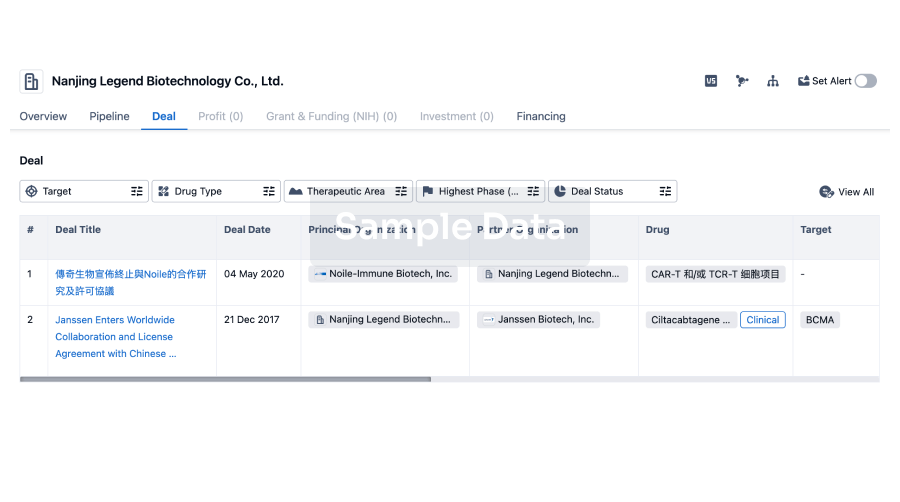Article
Author: Bauer, Frederic ; Markau, Silke ; Brinkkoetter, Paul T ; Merkel, Lena ; Schwenger, Vedat ; Felten, Helmut ; Gerth, Jens ; Girndt, Matthias ; Boss, Kristina ; Herbst, Regina ; Schulmann, Karsten ; Schmidt, Tilman ; von Bergwelt-Baildon, Anke ; Wendt, Ralph ; Osterholt, Thomas ; Bruck, Heike ; Gaedeke, Jens ; Tölle, Markus ; Potthoff, Sebastian A ; Morgner, Anke ; Roeder, Maximilian ; Kolbrink, Benedikt ; Menne, Jan ; Kann, Martin ; Mühlfeld, Anja S. ; Brand, Marcus ; Seelow, Evelyn ; Elitok, Saban ; Völker, Linus A ; Özcan, Fedai ; Kribben, Andreas ; Eichenauer, Dennis A ; Schönermarck, Ulf ; Zschiedrich, Stefan ; Fischereder, Michael ; Müller, Tobias J ; Sauerland, Kristin ; Rump, Lars C ; Schreiber, Adrian ; Eichenauer, Dennis A. ; Hinkel, Ulrich P ; Hermann, Matthias ; Balduin, Gesa ; von Auer, Charis ; Knoebl, Paul ; Gohlisch, Christopher ; Grundmann, Franziska ; Kaufeld, Jessica ; Jabs, Wolfram J. ; Buxhofer-Ausch, Veronika ; Radermacher, Jörg ; Potthoff, Sebastian A. ; Hinkel, Ulrich P. ; Miesbach, Wolfgang ; Westhoff, Timm H ; Bommer, Martin ; Westhoff, Timm H. ; Gawlik, Alexander ; Rump, Lars C. ; Bramstedt, Jörn ; Müller, Tobias J. ; Hägele, Holger ; Brinkkoetter, Paul T. ; Gäckler, Anja ; Geuther, Gesa ; Bieringer, Markus ; Schulte, Kevin ; Kühne, Lucas ; Schneider, Johanna ; Hausberg, Martin ; Jabs, Wolfram J ; Völker, Linus A. ; Mühlfeld, Anja S ; Harth, Ana
BACKGROUNDThe von Willebrand factor-directed nanobody caplacizumab has greatly changed the treatment of immune thrombotic thrombocytopenic purpura (iTTP) in recent years. Data from randomized controlled trials established efficacy and safety.OBJECTIVESThis study aims to address open questions regarding patient selection, tailoring of therapy duration, obstacles in prescribing caplacizumab in iTTP, effect on adjunct treatment, and outcomes in the real-world setting.METHODSWe report retrospective, observational cohorts of 113 iTTP episodes treated with caplacizumab and 119 historical control episodes treated without caplacizumab. We aggregated data from the caplacizumab phase II/III trials and real-world data from France, the United Kingdom, Germany, and Austria (846 episodes, 396 treated with caplacizumab, and 450 historical controls).RESULTSCaplacizumab was efficacious in iTTP, independent of the timing of therapy initiation, but curtailed the time of active iTTP only when used in the first-line therapy within 72 hours after diagnosis and until at least partial ADAMTS13-activity remission. Aggregated data from multiple study populations showed that caplacizumab use resulted in significant absolute risk reduction of 2.87% for iTTP-related mortality (number needed to treat 35) and a relative risk reduction of 59%.CONCLUSIONCaplacizumab should be used in first line and until ADAMTS13-remission, lowers iTTP-related mortality and refractoriness, and decreases the number of daily plasma exchange and hospital stay. This trial is registered at www.CLINICALTRIALSgov as #NCT04985318.







